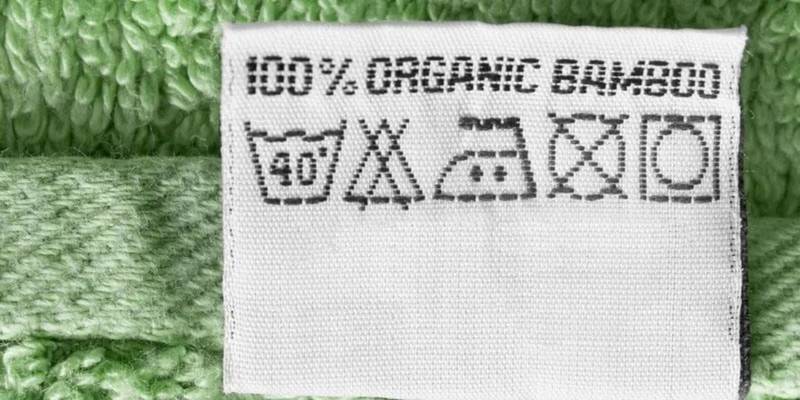India at its core has always used the most organic, culturally rich fabric and textiles. With rapidly approaching conscious change in the fashion industry, individuals are opting for more eco-friendly, long-lasting fabrics, which we would ideally say – going back to roots rather than following a new trend. What is interesting is that designers or labels both new and established are dedicating themselves to this change, with JJ Vallaya launching an entire collection with TENCEL Luxe, a vegan replacement of silk to a new generation of designers that merge organic fabrics with interesting silhouettes in a way that appeals to discerning buyers.
There are many platforms now, that bridge the gap between the designers or brand owners and the manufacturers or artisans by offering the fabric of their choice in desired quantity and has also upped their game by offering customisation of fabric, you can choose the amount of organic fibre and match it with other yarns and create your own.
Organic Cotton
Organic cotton is the most natural fabric available at the moment. It is grown without any fertilisers or pesticides. Organic cotton has microbes-resistant power, softness, durability, strength, breathability, and many more great characteristics. Every time the fabric is washed with cold water it gets softer and softer while maintaining its quality of static. It is highly used for maternity clothes, baby clothes, mattress protectors, and more.
Kala Cotton
The improvement of Kala cotton means a neutral carbon emission and less consumption of water. Farmers of Kutch prefer that their cotton is rain-fed, that is, eliminating the water used for irrigation purposes. The unique quality of the fabric is resilient to pests which gives it a royalty of applying less manure and artificial fertilisers. Furthermore, to keep the fabric sustainable, the limited application of fertilisers helps farmers have a secure environment to operate around.
Bamboo Fabric
Bamboo is a plant that can consume carbon-di-oxide from trees. It does not need inputs and even can survive only on rainfall. It can easily be decomposed without even causing pollution and degrading the environment. Bamboo fibre can be used in making socks, bath suits, sanitary materials like masks, surgical cloths, and more. For households, you can use bamboo fibre for sofa covers, television covers, and more.
Organic-Linen
Linen is grown out of a flax plant. It is resistant to pests and needs less fertiliser, wherein it can thrive without the process of irrigation. When to wear linen, summer, or winter? Mostly linen can be worn in winter but can also be sometimes worn in summer. Throughout summer you might require a light crop top made of linen or a palazzo pant of linen but when the weather turns cold you can style your wardrobe with a woollen cardigan over a linen t-shirt or pair a linen dress with a turtleneck underneath.
Soybean Cotton Fabric
Fabric curators have introduced, for the first time, an exclusive range of sustainable soybean cotton fabrics. Extracted from soybean peels and stems, the fibres are processed with 100 per cent organic method and zero chemicals. With a blend of cotton fibres, the fabric is great for both hot and cool climates and keeps moisture at bay even in humid weather. Smooth on the skin and a flowy fall, the fabric is ideal to get your own custom and conscious attires.

